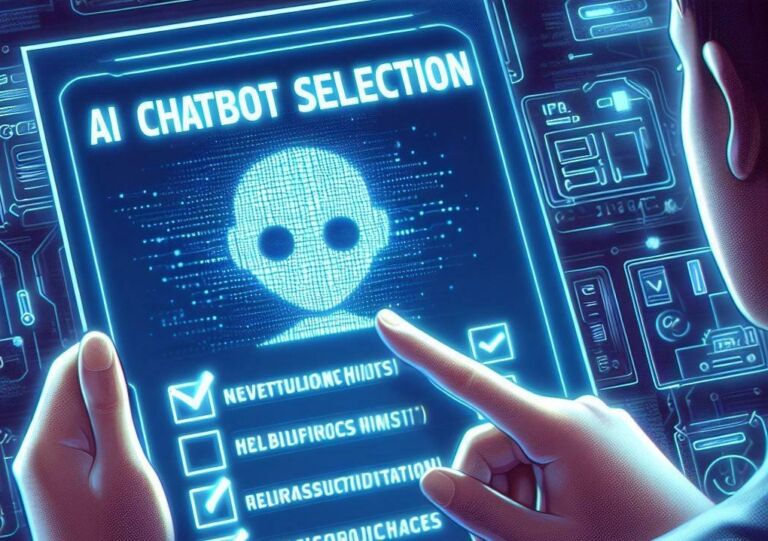Ted Cho and Brian Miller explain how artificial intelligence could lower American healthcare costs.
Administrative burden across state–federal benefits programs is unsustainable, and artificial intelligence (AI) and associated technologies have emerged and resulted in significant interest as possible solutions. While early in development, AI has significant potential to reduce administrative waste and increase efficiency, with many government agencies and state legislators eager to adopt the new technology. Turning to existing frameworks defining what functions are considered “inherently governmental” can help determine where more autonomous implementation could be not only appropriate but also provide unique advantages. Such areas could include eligibility and redetermination of Medicaid eligibility as well as preventing improper Medicaid payments. However, while AI is promising, this technology may not be ready for fully autonomous implementation and instead could be deployed to augment human capabilities with robust safeguards until it has proven to be more reliable. In the meantime, the Centers for Medicare and Medicaid Services should release clear guidance around the use of AI by state Medicaid programs, and policymakers must work together to harness AI technologies in order to improve the efficiency and effectiveness of the Medicaid program. …
… Estimates for administrative spending range from 15% to 30% of total health care spending—half of which has been characterized as wasteful—with recent estimates of annual administrative spending reaching $1 trillion. …
… High administrative burden in health care is typically attributed to the large number of nonclinical staff, many of whom perform routine or repetitive tasks that could readily be automated. The recent boom in artificial intelligence (AI), which includes technologies such as machine learning, natural language processing, and large language models, has promised to create tools to automate and reduce administrative burden, with some even estimating savings as high as $200–$360 billion in health care spending using existing technologies realized in the next 5 years.


